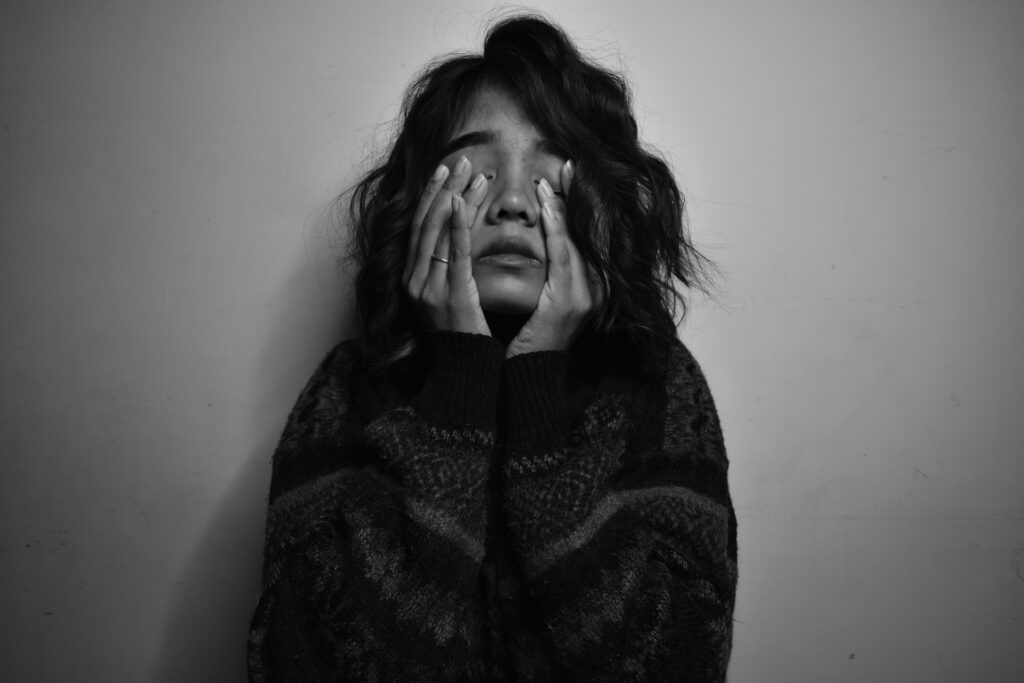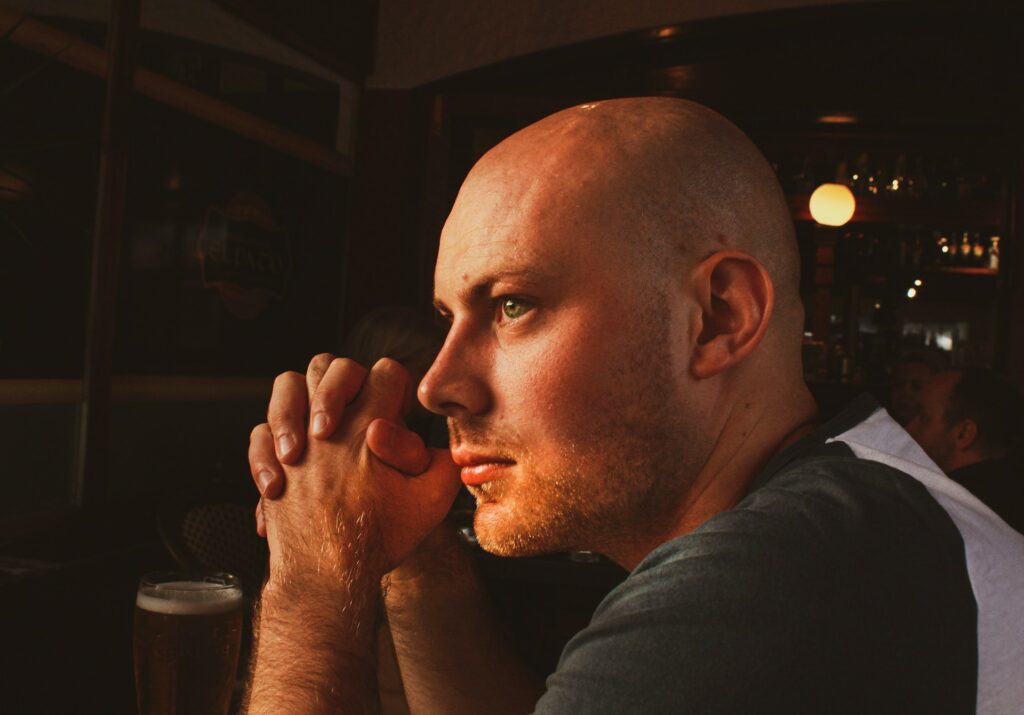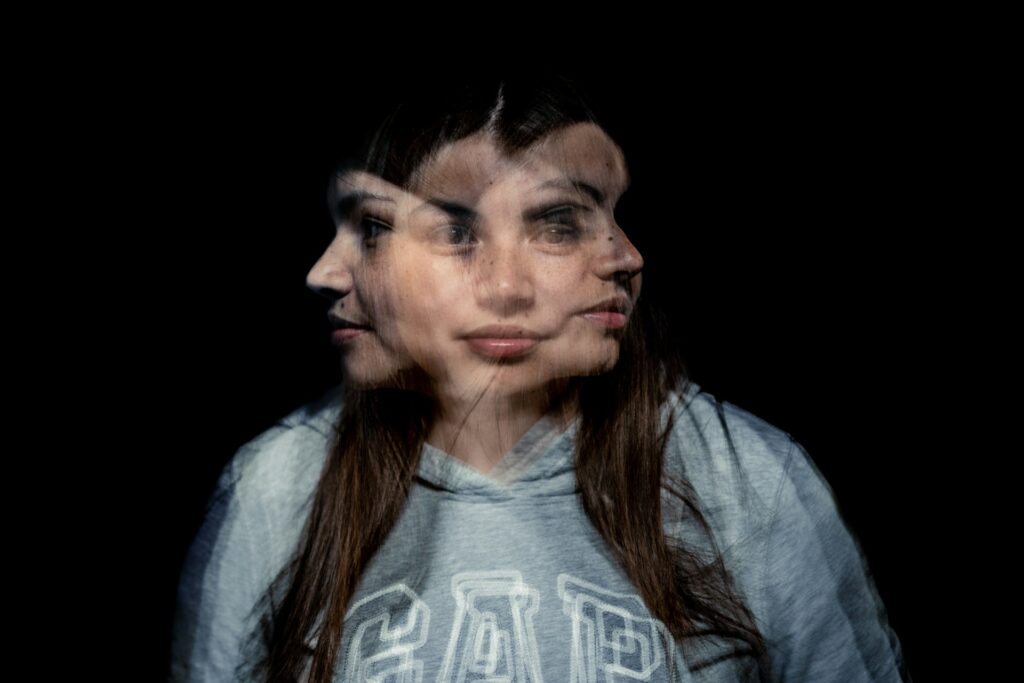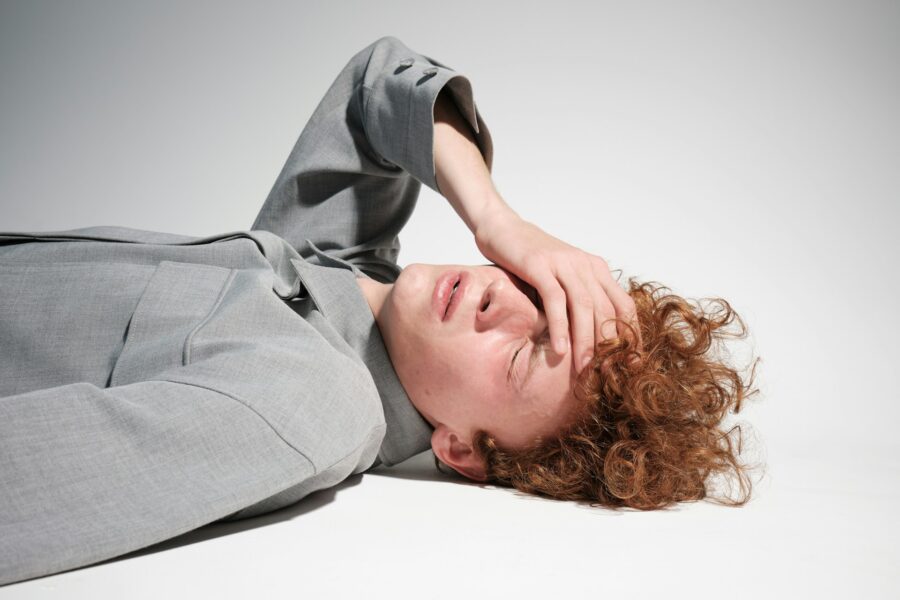When we talk about mental health, depression and anxiety are usually the first things that come up, and for good reason.

They’re common, relatable, and part of most people’s vocabulary, but they’re not the whole picture. There are plenty of other conditions that don’t get talked about as much, either because they’re misunderstood or just not as widely known. Here are some other mental health conditions that fly under the radar but are just as real, complex, and worthy of support. If any of these sound familiar, or if you’re struggling with any mental health difficulties not listed here, Mind UK has an exhaustive list of resources that can help.
1. Persistent depressive disorder (PDD)

Also known as dysthymia, this is a long-term form of depression that can last for years. It doesn’t always feel as intense as major depression, but the low mood hangs around like background noise you can’t turn off.
You might still go to work, take care of responsibilities, and smile when needed, but underneath, things never feel fully okay. Because it’s more subtle, people often overlook it or assume it’s just their personality. However, it’s a real condition that deserves attention and treatment, too.
2. Cyclothymia

This one is similar to bipolar disorder, but the highs and lows are less extreme. Instead of full manic or depressive episodes, people with cyclothymia ride a wave of mild mood swings that can still be really disruptive over time. You might have bursts of energy and confidence, followed by stretches of feeling down or flat, but nothing ever seems stable. It can be confusing to live with, especially when people assume you’re just moody or inconsistent.
3. Body dysmorphic disorder (BDD)

This isn’t just about not liking how you look. BDD involves obsessive thoughts and distress over perceived flaws in your appearance—flaws that might not be visible to other people at all. People with BDD often spend hours thinking about, checking, or trying to fix parts of their body they feel are “wrong.” It can seriously impact self-esteem and daily life, and it’s more common than people realise.
4. Premenstrual dysphoric disorder (PMDD)

PMDD is like PMS turned all the way up. It affects mood, energy, and overall mental health in the days or weeks before your period. We’re talking intense irritability, depression, and emotional overwhelm—not just the usual moodiness. Because it’s tied to a cycle, people often brush it off or say it’s just hormones. But PMDD is a recognised condition that can interfere with work, relationships, and self-worth, and it deserves serious recognition and care.
5. Avoidant personality disorder (AvPD)

This condition is often confused with social anxiety, but it runs deeper. People with AvPD don’t just feel nervous in social settings—they carry a deep belief that they’re unworthy of connection and rejection is inevitable. It can lead to extreme self-isolation and a tendency to avoid relationships, jobs, or any situation where they might be criticised. It’s not just shyness; it’s a protective response that feels necessary for survival.
6. Obsessive-compulsive personality disorder (OCPD)

OCPD is not the same as OCD, even though the names sound similar. People with OCPD often have a deep need for order, control, and perfection—not because they’re anxious about germs or safety, but because it feels like the only acceptable way to live.
It’s less about intrusive thoughts and more about rigid standards, difficulty delegating, and discomfort with flexibility. It can affect work and relationships in ways that often get praised (“You’re so organised”) while causing a lot of internal stress.
7. Complex PTSD (C-PTSD)

Unlike traditional PTSD, which often follows a single traumatic event, C-PTSD comes from prolonged or repeated trauma, like abuse, neglect, or growing up in an unsafe environment. It can affect identity, trust, and emotional regulation over time.
It’s not always loud. Sometimes it looks like emotional numbness, chronic shame, or a constant fear of abandonment. Because it develops slowly, people often don’t connect it to trauma at all, and end up blaming themselves for how they feel.
8. Depersonalisation-derealisation disorder

This condition creates a sense of being disconnected from yourself (depersonalisation) or your surroundings (derealisation). It can feel like you’re watching your life from outside your body, or like the world around you isn’t quite real. It often shows up after trauma or extreme stress, and while it might sound abstract, it’s deeply distressing to live through. People often keep it to themselves because it’s hard to describe and they worry no one will understand.
9. Somatic symptom disorder

This involves intense focus on physical symptoms—pain, fatigue, discomfort—that may not have a clear medical explanation. However, the distress is very real, and it can significantly affect someone’s life and functioning. People with this condition often feel dismissed or misunderstood by doctors or friends, especially when tests come back “normal.” It’s not all in their head—it’s how their body and mind are communicating distress.
10. Adjustment disorder

This one shows up in response to a big life change or stressful event—a breakup, job loss, move, or health scare. It might look like anxiety, sadness, or acting out, but it doesn’t always meet the full criteria for depression or PTSD. It’s basically your brain struggling to recalibrate after something disruptive. And while it’s often temporary, it still deserves attention and care, especially if it’s impacting your ability to cope or function.
11. Schizoaffective disorder

Schizoaffective disorder combines symptoms of both schizophrenia and a mood disorder like depression or bipolar. It’s complex and often misunderstood, sometimes being misdiagnosed as one or the other. Someone might experience hallucinations or delusions while also going through serious mood swings. The mix can make it harder to identify and treat, which adds to the stigma and confusion around it.
12. Intermittent explosive disorder (IED)

This one involves sudden bursts of anger or aggression that feel out of proportion to the situation. It’s not just “a short fuse”—it’s a mental health condition rooted in impulse control and emotional regulation challenges. People with IED often feel deep regret after an outburst, but they struggle to manage the buildup. It’s not about being a bad person; it’s a sign of something deeper going on that often starts in childhood or early adulthood.
13. Dissociative identity disorder (DID)

Often sensationalised in movies, DID involves two or more distinct identities or “parts” that take turns controlling a person’s behaviour. It usually develops as a protective response to severe trauma in early life. People with DID aren’t dangerous or “crazy”—they’re survivors with a brain that found a creative way to cope. It’s a deeply complex condition that needs compassion, not stereotypes.


